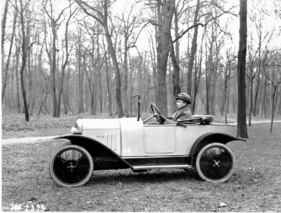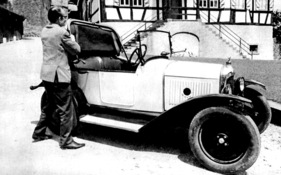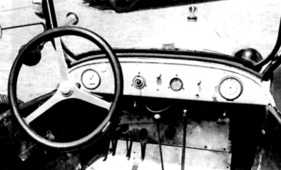The trial: Citroën versus Opel
Summary
The Citroën 5 HP, especially in its "Trèfle" version, was a popular veteran car in Europe. A few decades ago, the legendary Laubfrosch from Rüsselsheim was no less popular. Almost 100 years ago, Citroën did not see the similarity between the two models as a coincidence and filed a lawsuit against Opel. This article looks at the dispute and shows who ultimately prevailed.
This article contains the following chapters
- Copycat products
- It goes to court
- Mathis or Citroën?
- No likelihood of confusion?
- Lack of patent and utility model protection
- Action dismissed
- Subtle differences
- No third attempt
Estimated reading time: 11min
Preview (beginning of the article)
With his 5 HP, also known as the Type C, the prototype of which was completed in 1920, André Citroën created a new era in European automobile construction. Until then, a motor car had often enough been an expensive, heavy vehicle and usually also a luxury object, reserved for a wealthy elite - Citroën was keen to produce a vehicle that on the one hand had the advantages of the cycle car, and on the other was to be a "real" automobile and could even be a commercial vehicle. André Citroën's aim was to create a small car with sufficient power: The image had to be that of a real car with the appropriate level of comfort - and above all, the selling price could not be too high. These were the prerequisites for making the new model affordable for a wide range of buyers.
Continue reading this article for free?
Photos of this article


























































